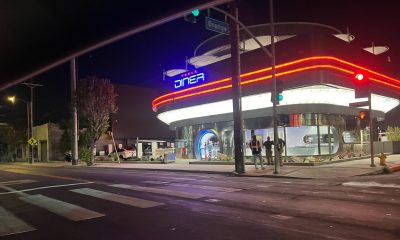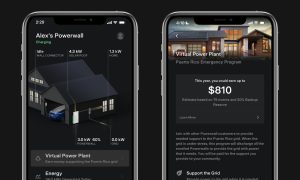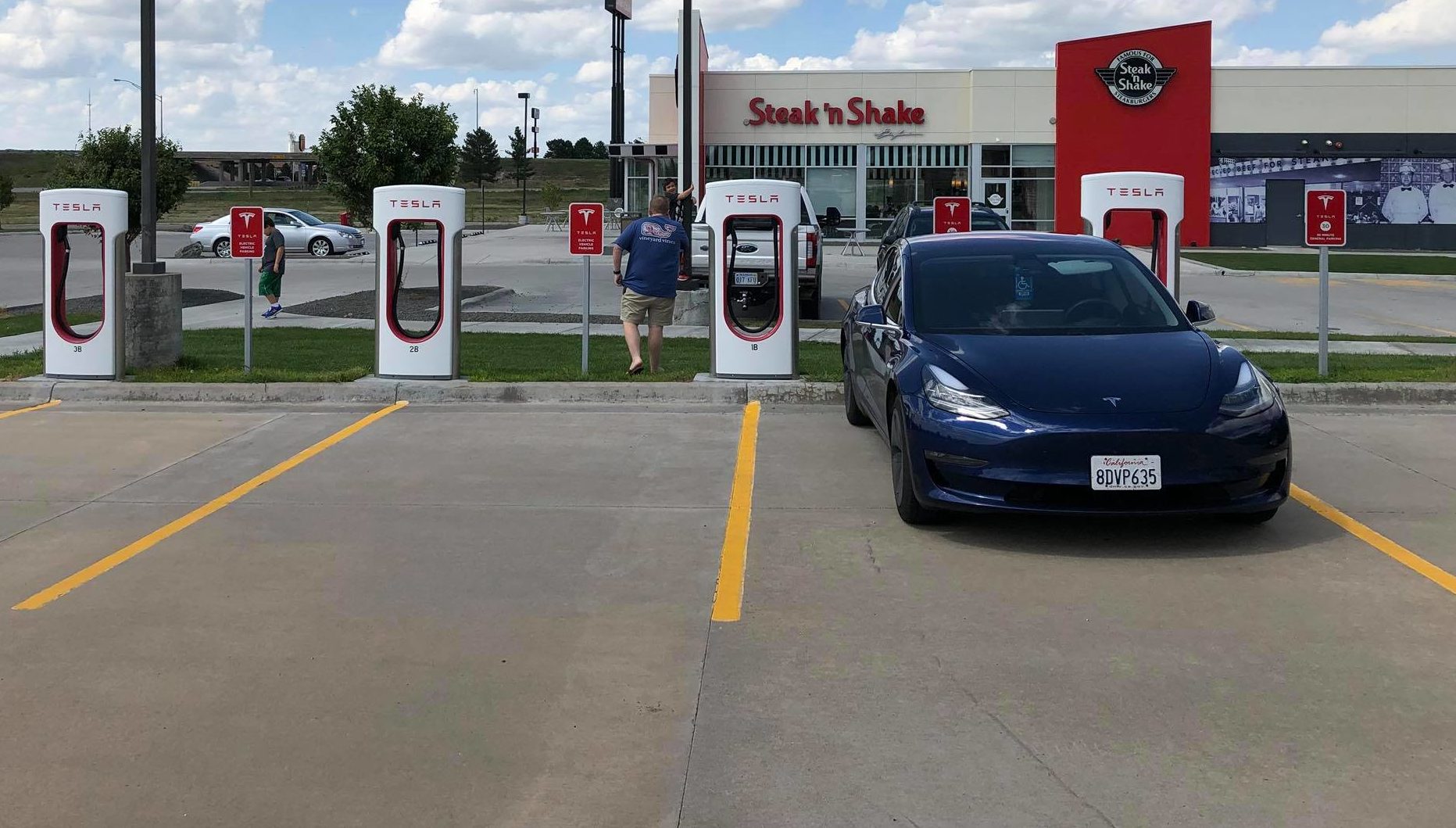

Firmware
Tesla Model 3 owner and tech evangelist shares Autopilot insights after 9k mile road trip
Futurist Robert Scoble’s 8,910-mile road trip across 22 states and 15 major US cities with his three sons gave him an intimate look into the capabilities of his Model 3’s Autopilot system. Scoble’s early build Model 3 with VIN 7409 managed to navigate the majority of the road trip with the driver-assist system engaged — a feat that thoroughly impressed the tech veteran. Scoble gave Teslarati a few minutes of his time to discuss some of his insights during the journey, where he elaborated on some of his observations about the system’s limits, its impressive potential, and how Tesla’s hardware can ultimately usher in the company’s self-driving future.
Scoble candidly stated that around 97% of the 8,910-mile road trip was done on Autopilot. The Model 3 owner remarked that Autopilot had some difficulty working on some dirt roads in Yellowstone national park, as well as in areas where other drivers did not follow speed limits. Nevertheless, Scoble is overall impressed with his Model 3’s Enhanced Autopilot feature, particularly since it was able to work in areas where he himself would have difficulty driving. When he and his children were passing through Kansas, for example, Autopilot had no problems staying in the right lane — despite the road markings being nigh-invisible. The same thing was true in instances when the sun was too bright.
This is not to say that Tesla’s Autopilot is perfect in its current form, of course. Scoble noticed that the sensitivity of his Model 3’s sensors’ to markings on the road is a double-edged sword, at least in its current state. It can see markings in areas where the paint is nearly undetectable to the eye, but it is also so sensitive that it can be misled into thinking that some areas in roads are lanes when they are not. Scoble also noted that there is a particular type of underpass whose shadow gets registered as a truck by Autopilot and caused his Model 3 to brake hard, a situation that can become dangerous if there’s a vehicle tailgating.
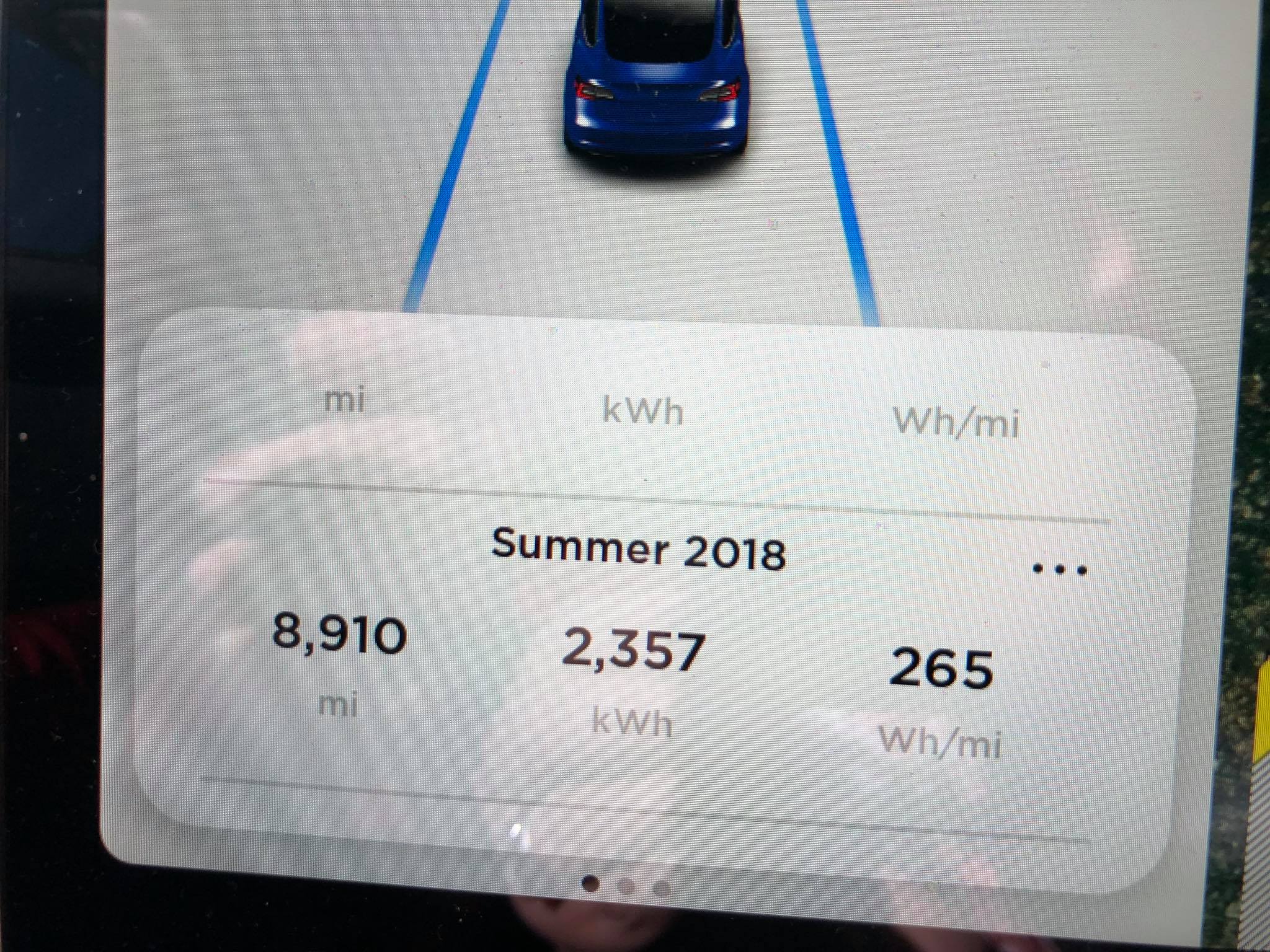
The Model 3 only prompted Scoble to take over in very specific instances, particularly when the vehicle is going on a hairpin turn at around 30 mph. Scoble remarked that his Model 3 would start navigating through the hairpin curve with initial confidence, but about a third of the way in, Autopilot would veer off course, and the vehicle would prompt him to take control. The Model 3 owner further noted that sometimes, the car gets too close to the center lane in mountain passes, which is a bit too close for incoming traffic.
Midway through the trip, Scoble’s Model 3 received an over-the-air update, and from then on, Autopilot showed a massive improvement. Scoble candidly stated that the system “still failed, but it failed more gracefully.”
As a tech evangelist, asking people’s perception about the bleeding edge of technology is second nature for Robert Scoble. As he crossed state lines and visited cities, he began asking around for opinions about the emergence of self-driving vehicles. Scoble noted that when he asked people if they would be open to riding in a car entirely driven by a machine, a vast majority firmly said no. When presented with Elon Musk’s vision of having cars summoned to owners even across long distances, the reaction was very different.
“The real thing I learned from this trip is that people show so little trust to self-driving. But if I ask ‘If your car self-drove to you, but you take over when it arrives?’ everyone said yes. People are okay with self-driving cars on the road. They just don’t want to be in the vehicles themselves. People still want control,” he said.
As he ended his 8,910-mile road trip, Scoble remains optimistic about Tesla’s Autopilot system, especially with the upcoming rollout of Tesla’s in-house developed Hardware 3. Elon Musk described Hardware 3 as a significant step forward for Autopilot, dubbing the hardware as the “world’s most advanced computer designed specifically for autonomous operation.”
“It’s an incredible job by Pete (Bannon) and his team to create this, the world’s most advanced computer designed specifically for autonomous operation. And as a rough sort of whereas the current NVIDIA’s hardware can do 200 frames a second, this is able to do over 2,000 frames a second and with full redundancy and fail-over. And it costs the same as our current hardware and we anticipate that this would have to be replaced, this replacement, which is why we made it easy to switch out the computer, and that’s all that needs to be done. If we take out one computer and plug in the next. That’s it.”
This is something that excites Robert Scoble. Over the course of his road trip, he noticed that his Model 3’s hardware seemed to be pushing its limits when he sets the vehicle’s speed past 90 mph, and it is only by lowering the electric car’s speed to 80 mph does the ride become smoother. Scoble expects Hardware 3 to be advanced enough to travel at Autobahn speeds in Autopilot. This, according to the futurist, gives Tesla a serious advantage in the autonomous driving industry — and for a very simple reason.
“Tesla’s the only car company that is based on data,” he said.
Firmware
Tesla mobile app shows signs of upcoming FSD subscriptions
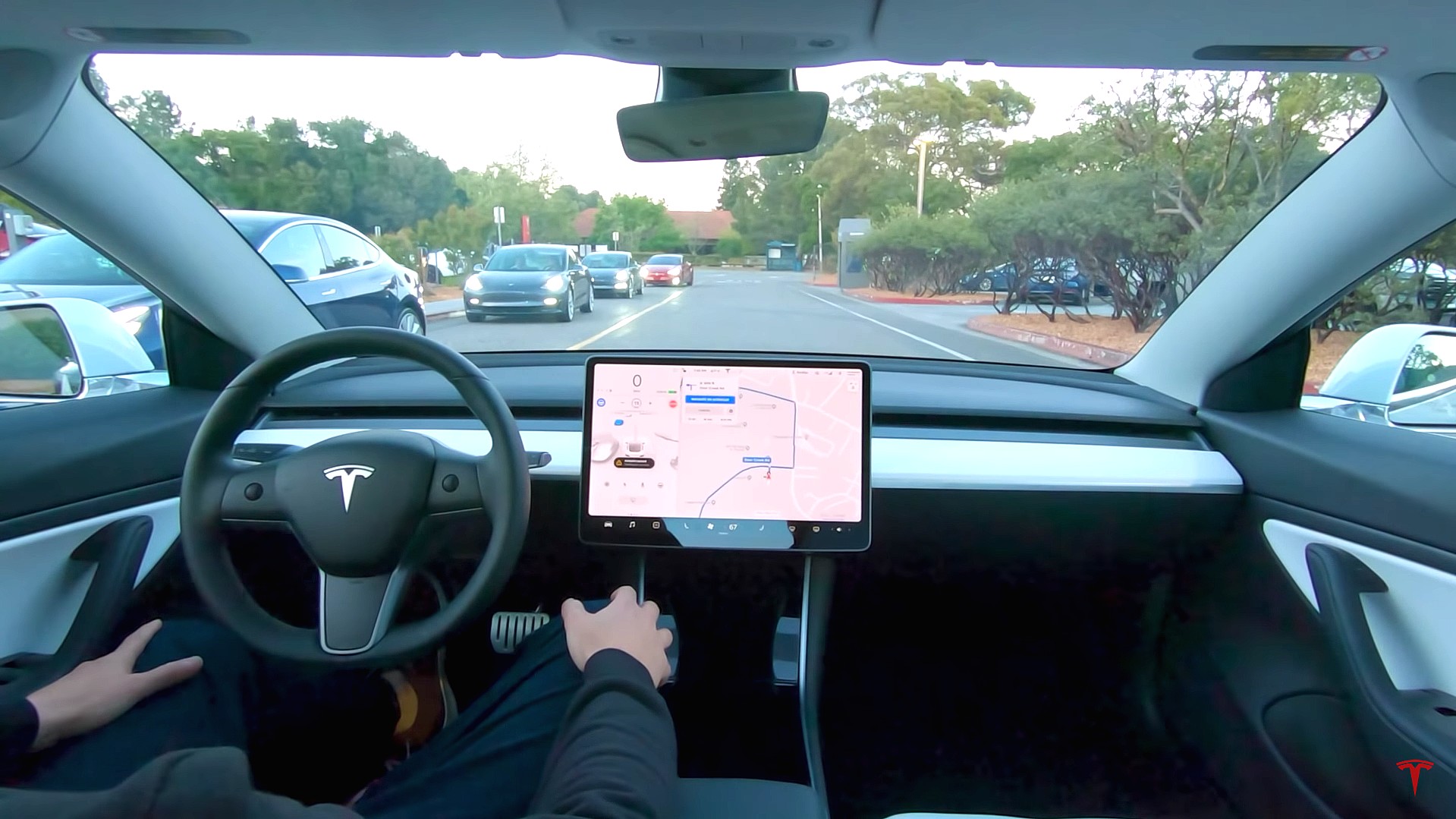
It appears that Tesla may be preparing to roll out some subscription-based services soon. Based on the observations of a Wales-based Model 3 owner who performed some reverse-engineering on the Tesla mobile app, it seems that the electric car maker has added a new “Subscribe” option beside the “Buy” option within the “Upgrades” tab, at least behind the scenes.
A screenshot of the new option was posted in the r/TeslaMotors subreddit, and while the Tesla owner in question, u/Callump01, admitted that the screenshot looks like something that could be easily fabricated, he did submit proof of his reverse-engineering to the community’s moderators. The moderators of the r/TeslaMotors subreddit confirmed the legitimacy of the Model 3 owner’s work, further suggesting that subscription options may indeed be coming to Tesla owners soon.
Did some reverse engineering on the app and Tesla looks to be preparing for subscriptions? from r/teslamotors
Tesla’s Full Self-Driving suite has been heavily speculated to be offered as a subscription option, similar to the company’s Premium Connectivity feature. And back in April, noted Tesla hacker @greentheonly stated that the company’s vehicles already had the source codes for a pay-as-you-go subscription model. The Tesla hacker suggested then that Tesla would likely release such a feature by the end of the year — something that Elon Musk also suggested in the first-quarter earnings call. “I think we will offer Full Self-Driving as a subscription service, but it will be probably towards the end of this year,” Musk stated.
While the signs for an upcoming FSD subscription option seem to be getting more and more prominent as the year approaches its final quarter, the details for such a feature are still quite slim. Pricing for FSD subscriptions, for example, have not been teased by Elon Musk yet, though he has stated on Twitter that purchasing the suite upfront would be more worth it in the long term. References to the feature in the vehicles’ source code, and now in the Tesla mobile app, also listed no references to pricing.
The idea of FSD subscriptions could prove quite popular among electric car owners, especially since it would allow budget-conscious customers to make the most out of the company’s driver-assist and self-driving systems without committing to the features’ full price. The current price of the Full Self-Driving suite is no joke, after all, being listed at $8,000 on top of a vehicle’s cost. By offering subscriptions to features like Navigate on Autopilot with automatic lane changes, owners could gain access to advanced functions only as they are needed.
Elon Musk, for his part, has explained that ultimately, he still believes that purchasing the Full Self-Driving suite outright provides the most value to customers, as it is an investment that would pay off in the future. “I should say, it will still make sense to buy FSD as an option as in our view, buying FSD is an investment in the future. And we are confident that it is an investment that will pay off to the consumer – to the benefit of the consumer.” Musk said.
Firmware
Tesla rolls out speed limit sign recognition and green traffic light alert in new update
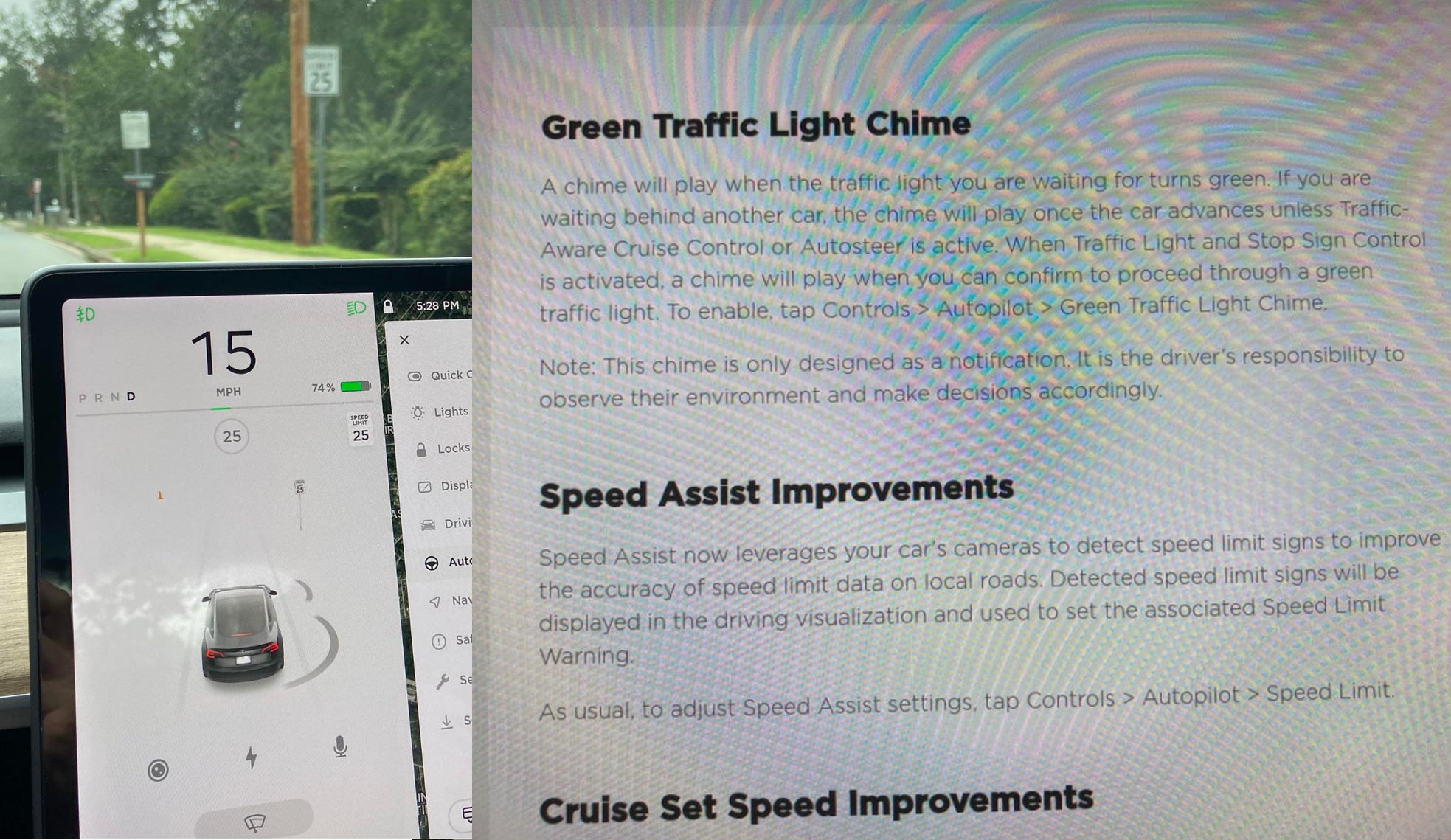
Tesla has started rolling out update 2020.36 this weekend, introducing a couple of notable new features for its vehicles. While there are only a few handful of vehicles that have reportedly received the update so far, 2020.36 makes it evident that the electric car maker has made some strides in its efforts to refine its driver-assist systems for inner-city driving.
Tesla is currently hard at work developing key features for its Full Self-Driving suite, which should allow vehicles to navigate through inner-city streets without driver input. Tesla’s FSD suite is still a work in progress, though the company has released the initial iterations of key features such Traffic Light and Stop Sign Control, which was introduced last April. Similar to the first release of Navigate on Autopilot, however, the capabilities of Traffic Light and Stop Sign Control were pretty basic during their initial rollout.
2020.36 Showing Speed Limit Signs in Visualization from r/teslamotors
With the release of update 2020.36, Tesla has rolled out some improvements that should allow its vehicles to handle traffic lights better. What’s more, the update also includes a particularly useful feature that enables better recognition of speed limit signs, which should make Autopilot’s speed adjustments better during use. Following are the Release Notes for these two new features.
Green Traffic Light Chime
“A chime will play when the traffic light you are waiting for turns green. If you are waiting behind another car, the chime will play once the car advances unless Traffic-Aware Cruise Control or Autosteer is active. When Traffic Light and Stop Sign Control is activated, a chime will play when you can confirm to proceed through a green traffic light. To enable, tap Controls > Autopilot > Green Traffic Light Chime.
“Note: This chime is only designed as a notification. It is the driver’s responsibility to observe their environment and make decisions accordingly.”
Speed Assist Improvements
“Speed Assist now leverages your car’s cameras to detect speed limit signs to improve the accuracy of speed limit data on local roads. Detected speed limit signs will be displayed in the driving visualization and used to set the associated Speed Limit Warning.
“As usual, to adjust Speed Assist settings, tap Controls > Autopilot > Speed Limit.”
Footage of the new green light chime in action via @NASA8500 on Twitter ✈️ from r/teslamotors
Amidst the rollout of 2020.36’s new features, speculations were abounding among Tesla community members that this update may include the first pieces of the company’s highly-anticipated Autopilot rewrite. Inasmuch as the idea is exciting, however, Tesla CEO Elon Musk has stated that this was not the case. While responding to a Tesla owner who asked if the Autopilot rewrite is in “shadow mode” in 2020.36, Musk responded “Not yet.”
Firmware
Tesla rolls out Sirius XM free three-month subscription
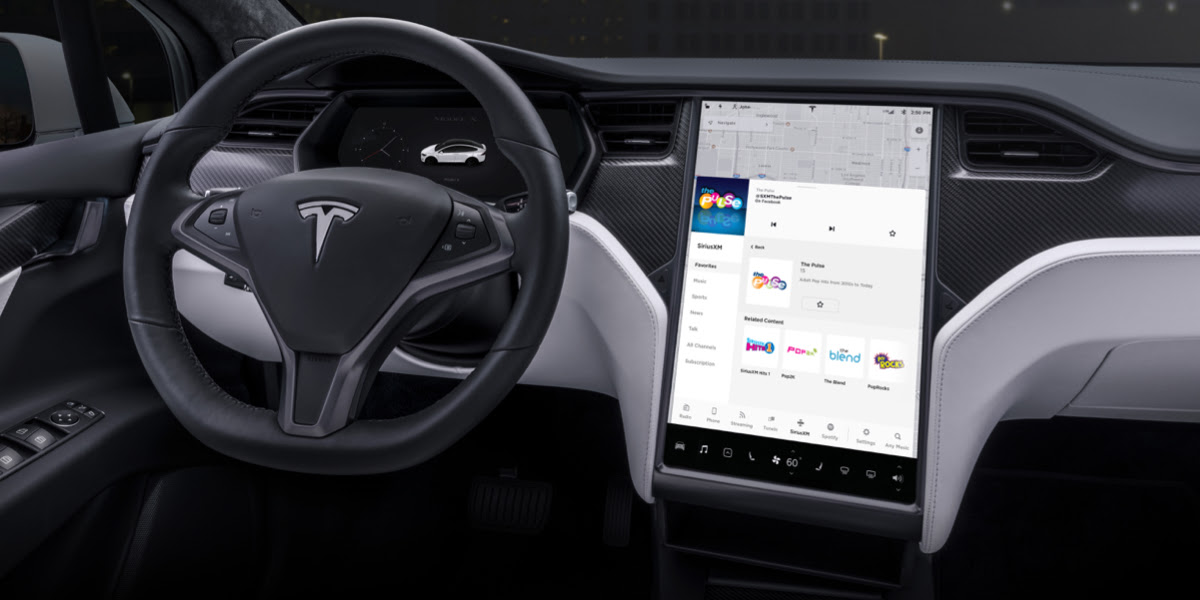
Tesla has rolled out a free three-month trial subscription to Sirius XM, in what appears to be the company’s latest push into making its vehicles’ entertainment systems more feature-rich. The new Sirius XM offer will likely be appreciated by owners of the company’s vehicles, especially considering that the service is among the most popular satellite radios in the country today.
Tesla announced its new offer in an email sent on Monday. An image that accompanied the communication also teased Tesla’s updated and optimized Sirius XM UI for its vehicles. Following is the email’s text.
“Beginning now, enjoy a free, All Access three-month trial subscription to Sirius XM, plus a completely new look and improved functionality. Our latest over-the-air software update includes significant improvements to overall Sirius XM navigation, organization, and search features, including access to more than 150 satellite channels.
“To access simply tap the Sirius XM app from the ‘Music’ section of your in-car center touchscreen—or enjoy your subscription online, on your phone, or at home on connected devices. If you can’t hear SiriusXM channels in your car, select the Sirius XM ‘Subscription’ tab for instruction on how to refresh your audio.”
Tesla has actually been working on Sirius XM improvements for some time now. Back in June, for example, Tesla rolled out its 2020.24.6.4 update, and it included some optimizations to its Model S and Model X’s Sirius XM interface. As noted by noted Tesla owner and hacker @greentheonly, the source code of this update revealed that the Sirius XM optimizations were also intended to be released to other areas such as Canada.
Interestingly enough, Sirius XM is a popular feature that has been exclusive to the Model S and X. Tesla’s most popular vehicle to date, the Model 3, is yet to receive the feature. One could only hope that Sirius XM integration to the Model 3 may eventually be included in the future. Such an update would most definitely be appreciated by the EV community, especially since some Model 3 owners have resorted to using their smartphones or third-party solutions to gain access to the satellite radio service.
The fact that Tesla seems to be pushing Sirius XM rather assertively to its customers seems to suggest that the company may be poised to roll out more entertainment-based apps in the coming months. Apps such as Sirius XM, Spotify, Netflix, and YouTube, may seem quite minor when compared to key functions like Autopilot, after all, but they do help round out the ownership experience of Tesla owners. In a way, Sirius XM does make sense for Tesla’s next-generation of vehicles, especially the Cybertruck and the Semi, both of which would likely be driven in areas that lack LTE connectivity.
-
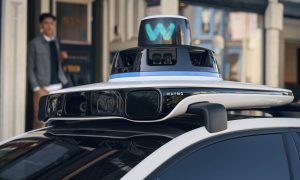
 Elon Musk1 day ago
Elon Musk1 day agoWaymo responds to Tesla’s Robotaxi expansion in Austin with bold statement
-
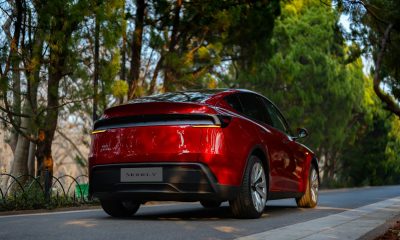
 News1 day ago
News1 day agoTesla exec hints at useful and potentially killer Model Y L feature
-
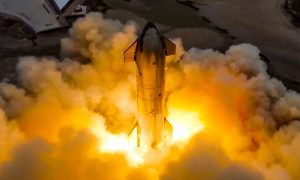
 Elon Musk2 days ago
Elon Musk2 days agoElon Musk reveals SpaceX’s target for Starship’s 10th launch
-

 Elon Musk3 days ago
Elon Musk3 days agoTesla ups Robotaxi fare price to another comical figure with service area expansion
-
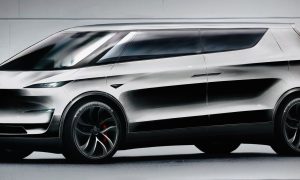
 News1 day ago
News1 day agoTesla’s longer Model Y did not scale back requests for this vehicle type from fans
-

 News1 day ago
News1 day ago“Worthy of respect:” Six-seat Model Y L acknowledged by Tesla China’s biggest rivals
-
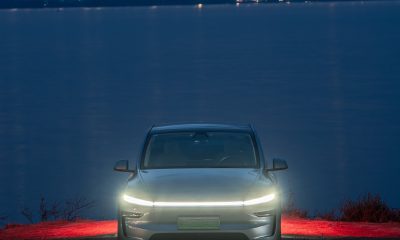
 News2 days ago
News2 days agoFirst glimpse of Tesla Model Y with six seats and extended wheelbase
-
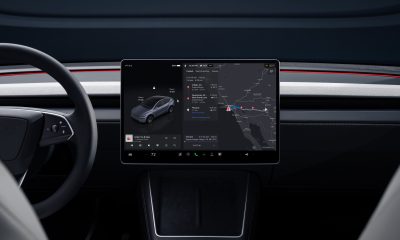
 Elon Musk2 days ago
Elon Musk2 days agoElon Musk confirms Tesla is already rolling out a new feature for in-car Grok


